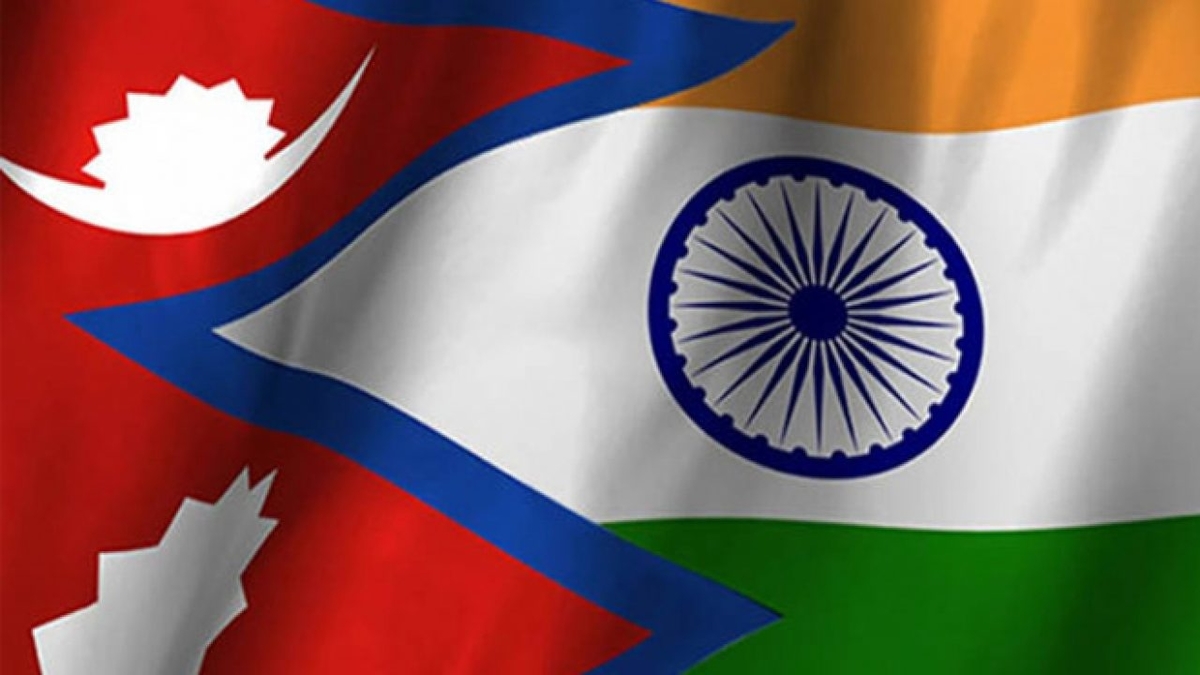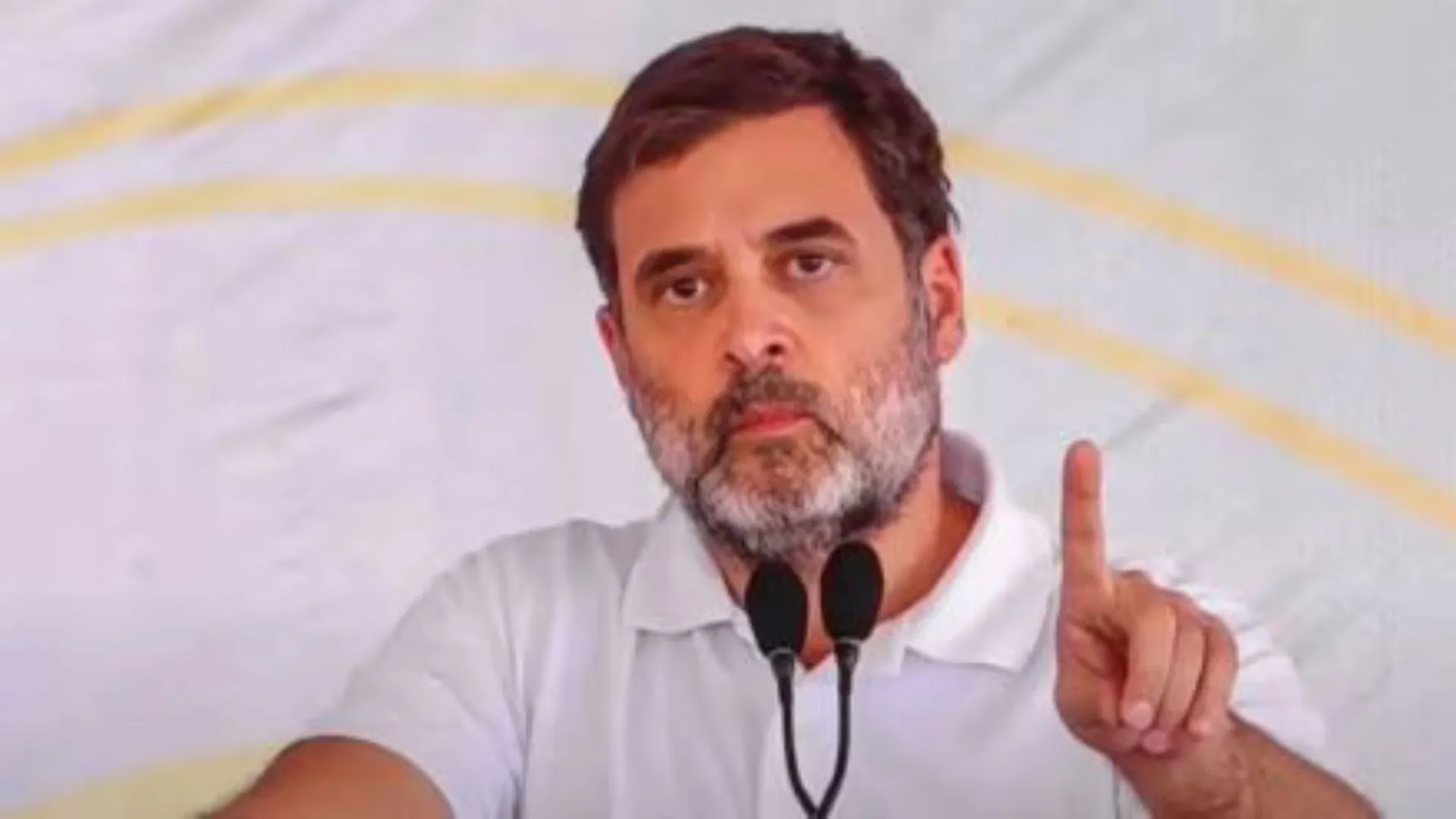BACKGROUND
Nepal is a landlocked country situated between the neighbouring states of India and China. Nepal and India did not witness any transboundary crisis given that the 1950 Treaty of Peace and Friendship had consolidated a greater bond between the two allies in consideration for utilization of the 1800 km long stretch of the open border. The bilateral relations have been stable, especially after the formation of the Joint Technical Committee between the two countries in 1981. However, on the 8th May, 2020, the Indian Defence Minister Mr. Rajnath Singh inaugurated a 80 kilometre-long road to Mansarovar, a part of which is built on Nepal’s land in Lipulekh area.
Earlier, Nepal had come out with its new map where it has included an area within its map which they hadn’t earlier and the area today is under the control and authority of India. The disputed land is the triangular shaped area which is the eastern most tip of Uttarakhand. This area entails around 300 square kilometres and the north most village is the Limpiyadhura, the south- eastern part of this area is the region known as Lipulekh Pass, whereas a village named Gunji lies in the south-west and Kalapani in the south. There is an essential conflict of the belief systems between the two countries pertaining to the ideation of their area of control. The recent deliberations had also reflected upon India’s claims that there is Artificial Enhancement, infringing on the part of Nepal without any proof based on history, resulting in the current strife.
HISTORY
In pre-Independence era, when Britishers were trying to expand towards Nepal, a battle took place between the Nepalese and Britishers which is popularly known as the Anglo- Nepalese War of 1814. The battle raged for around 2 years after which Treaty of Sugauli was signed by the Kingdom of Nepal and British India in the year of 1816. This treaty delineated the border which was not based on the physical landmarks but on rivulets between two countries, while the river Mahakali formed the western boundary, the Mechi river formed the boundary along the east with ridges in Sikkim and Darjeeling. The Treaty of Sugauli determined that no interference of Nepal would be seen on areas west of the river Kali, meaning that the eastern areas of Kalapani-Limpiyadhura besides the Lipulekh region would be in control of Nepal.
Few years after the Sugauli Treaty, the Britishers felt that the extra piece of land ceded to the Nepal, was then needed for their trade and commerce because the land had a high strategic importance as it would be useful while trading with China. So, very cunningly after 30-40years, in and around 1860s, the Britishers changed the map according to their benefit, they claimed eastern part of the river to be the boundary in their maps. During this period Nepal did not come up with any agitation against this map because they felt that small piece of land was not so much important geopolitically. Hence, from 1860s to 1947, until India got independence from British Rule, that was considered as the border.
The main debate thus surfaced in and around the 1900s when Nepal restored its democracy. On the mutually co exisiting front, the interaction and diplomacy of these two countries had gained firm ground by the Panchsheel, which accepted the mutual and peaceful co-existence between the two neighbouring border-shareres. The countries are also guided by the Treaty of Peace and Friendship of 1950, according to which both the countries shared open borders, agreed to respect the territorial integrity of the one another through a “Roti- Beti Relationship.” ( provider- beneficiary)
For more than 50 years there was no dispute between the two countries over this trijunction. In fact, during the 1962 war between India and China, India had deployed troops at the trijunction to check the Chinese aggression and this deployment continues till now. The monarchs of the Nepal also did not show any heed to the unofficial border demarcation. They kept this area out while sketching out their political maps. Thus from 1962 onwards, both Nepal and India have been showing the Lipulekh and Kalapani region in their respective maps, but this is the first time when Nepal sketched out the Limpiyadhura region in their political map and from this point the border tension intensified between the two countries. India too disregarded this and it hegemonically placed its overpowering hold to gag Nepal’s claims in the current times. With the rise of economic superpowers like China in South Asian politics, Nepal turned to them for help, which is a strategic turn away from history resulting in a situation of chaos, that may soon devastate the peaceful embroidery between the two countries if they do not arrive at an amicable conversation for settlement.
The political engineering is at a loss of being implemented upon with regards to India’s present neighbourhood policies that strategically places Nepal as a weaker sovereign with its communist ties of a puppet state in China- the country that has caused myriad problems for India in the BRI regions. India intends to be seen in the mesh of South Asian politics as a big brother who is protective of its neighbours, but the rules of International Law has a stricter saying in that a country cannot be loved without being feared and in the process of delay of the dialogue at the Foreign Secretary level between India and Nepal since 2014 on this issue, the time of such announcement has rendered a greater tension between the two neighbouring states. The policy of first refusal that dates back to decades and that have been implemented by India in its foreign policy, must be given a break in such a scenario. K.P Sharma Oli’s stands on the sovereign procedures in operation at the border is nothing short of aggressive and it is a process by which the new government is trying to protect its own interests in Nepal and gain the confidence of the nationalistic minded people, fuelling them over the border issues. Thus the gaps between the personal and the foreign relations have put both the countries in a complicated state of being and the constant threats of army deployment and war-cries have taken away the image of beautiful bilateral relationships that previously existed between both the countries.
What is a greater blow to the tie is the non-regard for the Eminent Persons Group Report (ESG) by experts from the two countries pertaining to maintenance of a healthy bilateral relationship between the two countries. India has still not been able to implement or put a word on the opinions and recommendations put forward and therein lays another misplaced communication that could be harmful for both the country. Sambandh: the Regional Connectivity Initiative of India under the present government has however shown opposite reactions. Over a period of time, India has aimed to balance a good neighbourhood relation, maintaining a healthy bilateral policy by means of not only exchanges of words but by real infrastructural developments in roads, pipelines, electricity manufacturing and distribution and so on, which would in turn paradigmatically shift the focus from regionalism to a more inclusive neighbourhood first policy. This has to a greater extent benefitted Nepal as well and thus Nepal must take into cognizance the real benefits it can derive out of the project for their own economic benefits. Thus, the dispute regarding the Nepal-India border needs to be resolved as soon as possible. The issues are not isolated from the lives of the common public as well. The governments from both sides need to put in adequate effort to solve the situation that was emerged long back and has become rotten over the long tenure of inattentiveness. Talks began yet no solutions came out; over time the amicable approach to the situation was defenestrated especially with the nationalistic approach of the ruling government from both sides, passing defamatory remarks about each other. This state of agitation needs to be taken care of, considering the well established diplomatic relation between the two countries. Nepal-India Joint Technical Level Boundary Committee (JTBC) as mentioned above which was constituted in 1981 lead a 26 years-long work on the boundary problems. According to their reports, 97 per cent of the problems were taken care of, the remaining 3 per cent was claimed to be beyond their capacity to resolve. The committee was thus dissolved in 2009.
Solution and way forward
The first approach that can be taken towards solving the issue is by being optimistic to participate in a clean and clear dialogue between the two countries. Alternative Dispute Resolution is the only way to go. Where both the countries can come to terms. India and Nepal are linked by railheads, highways and multiple official and unofficial border crossing and trading posts, the link between the two countries are so humungous that resolving the dispute will be beneficial for both countries. A much stronger technical panel is necessary to be formed in order to conduct better ground-level research. Ground-level research is necessary to collect evidence of all the claims and counterclaims and most importantly must be brought before the table to foster understanding and acceptance of facts rather than misplaced nationalistic interests.
The fact that the issue had emerged long back, a certain level of history based understanding is also necessary. But more so there has been a lack of constructive, diplomatic and democratic understanding between the countries. That gap needs to be fulfilled with an amicable approach towards welfare. At the moment, it seems like Nepal will not change its territorial demarcation and India will not back up from claiming the territory, hence a possible alternative solution should be looked forward by both the parties. The one major hurdle remains in this is that of the choice-of- the- forum provision necessiting a jurisdiction over the particular dispute in a specified court. Indian judicial systems and courts do not feel bound by such choice-of-forum clauses as has been seen for so many decades. But it is clear that rather than relying too much on the historical maps, a re-demarcation of the border is needed according to today’s needs. River Kali which is marked as the demarcation point, like many other Himalayan rivers, changes its course priodically. The level of water flow changes from season to season. Hence it is evident that different historical maps show different demarcation points. A proper chance for understanding emerged at one point. Since New Delhi is about 755 kilometres from Kalapani, it holds massive strategic importance. The two countries need to realize that it’s not only because they are neighbours, the connected reliance between these countries is massive. Blocking one of the branches will surely affect the other. India was even blamed by Nepal for blocking the supply of essential goods in the year 2015, partly for which, a controversy emerged if India is the culprit behind Nepal’s economic blockade. Ergo Nepal already started to distance itself from India.
The derogatory responses thus need to be replaced with amicable comprehensive bilateral talks. India also needs to realize that Nepal is not ruled by the Monarch anymore but it is a legitimate democratic republic, with communist agenda and perhaps India needs to detach itself from the insecurity of whether the neighbour is turning a political and philosophical aide of China in China’s supremacy politics in South Asian demography. The issues must be seen objectively in order to deliberate upon better solutions. According to Medha Bisht, Senior Assistant Professor at the South Asian University in Delhi, in one of her interviews with the Scroll mentions that the original course of the river must always be taken a reference point and even if there are changes in the course, the latter holds no ground with respect to the International Law. She also suggested Alternate Dispute Resolution mechanism with the existing treaties between both the countries to solve the ongoing problem and enable a more clear dialogue in this regard. But as for Indian courts, only few issues seems arbitrable or put before mediatory authorities even when they abide by the United Nations directives like UNCITRAL Model Law for Commercial Disputes. If certain issues cannot be covered under the existing jurisdiction, then new framework can also be formulated for such a forum that will strengthen the diplomatic ties and help in coming to a better point of understanding. The sovereign is thus a concept of extreme sensitivity and the geopolitics of the region play a huge rule. Nepal is currently benefitting from the One Belt One Border Initiative with China and the strength it is getting because of the support of China in this dispute perhaps have pushed away the points of negotiation and solution. The presence of joint troop deployment of Indian and Nepalese, formation of a free-trade zone and special access for Nepalese citizens can be some of the ways to alleviate the tension. In an era where the questions on the sovereign can be solved between with the introduction of the dispute redressal methods, even with certain third party involvement, the existing issues and security threats can be deescalated to a larger extent. The disagreements thus should not result in a complete bifurcation of trust. Let rivers change their courses, but let the bilateral ties never loosen as this would be harmful for the global community as a whole specially if one pay heeds to the growing security threats in such regions.























